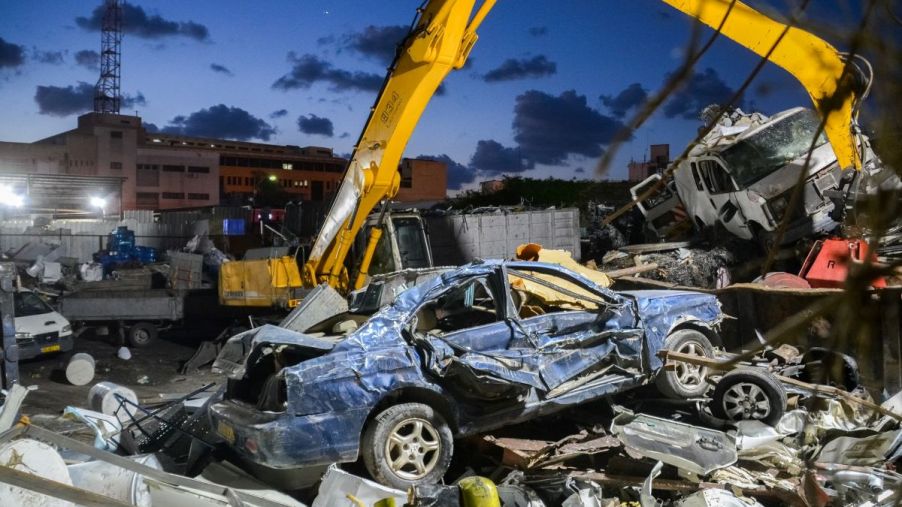
Don’t Sell Your Car to a Junkyard Right Now
Unless your car is well and truly trashed—not running, rusted to bits, and bashed and dented inside and out—it’s probably not worth it to sell to a junkyard. Instead, we’ve got a few alternatives to consider.
Learn why J.D. Power says that ”selling your car [to a junkyard] should be considered a last resort.”
Used-car prices are sky-high, even for clunkers
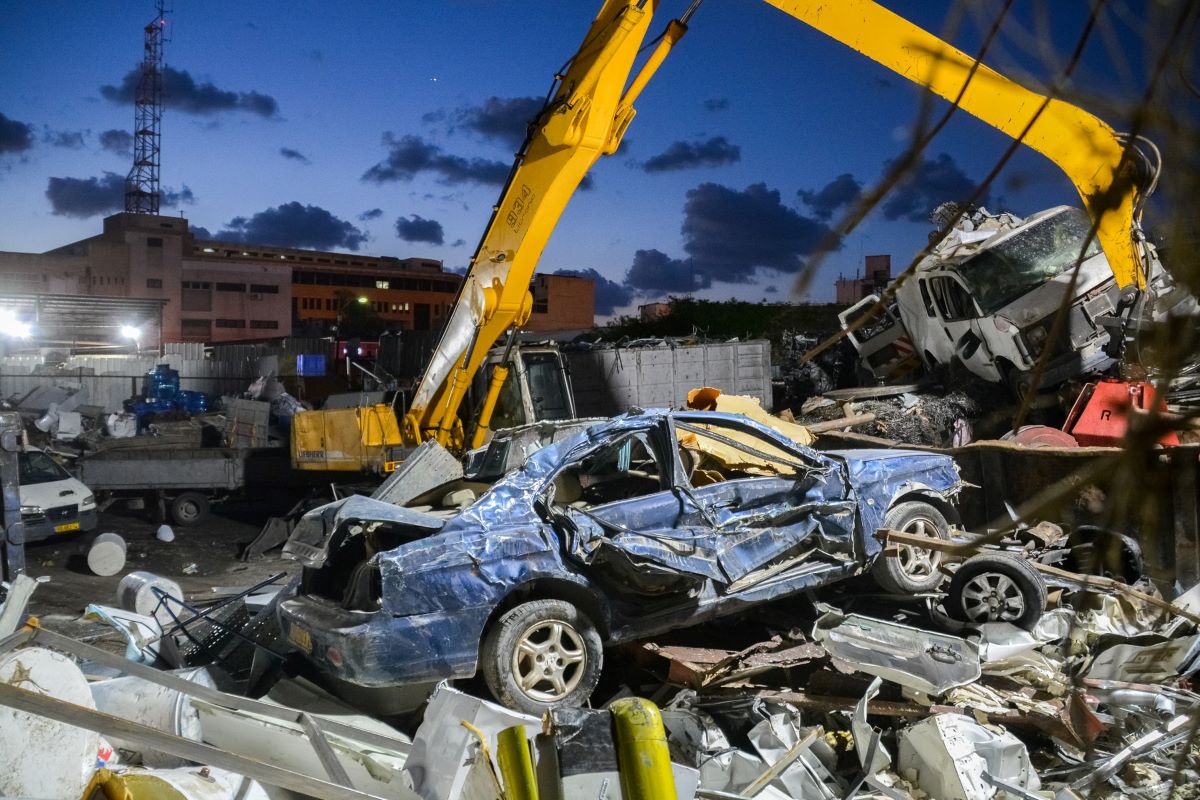
Check out your local used-car listings, and you’ll likely find a few cars with busted engines or burned-out transmissions. But, rather than $1 offers or begging for free pickup, these dead vehicles are being sold for thousands of dollars, just because supply is so low right now. Even totaled cars are more expensive than ever.
That means that if your car runs at all, you have a decent change of selling it, trading it, or parting it out. Selling to a junkyard may be the fastest way to get rid of it, but you may have regrets.
You’ll only get a few hundred dollars from a junkyard
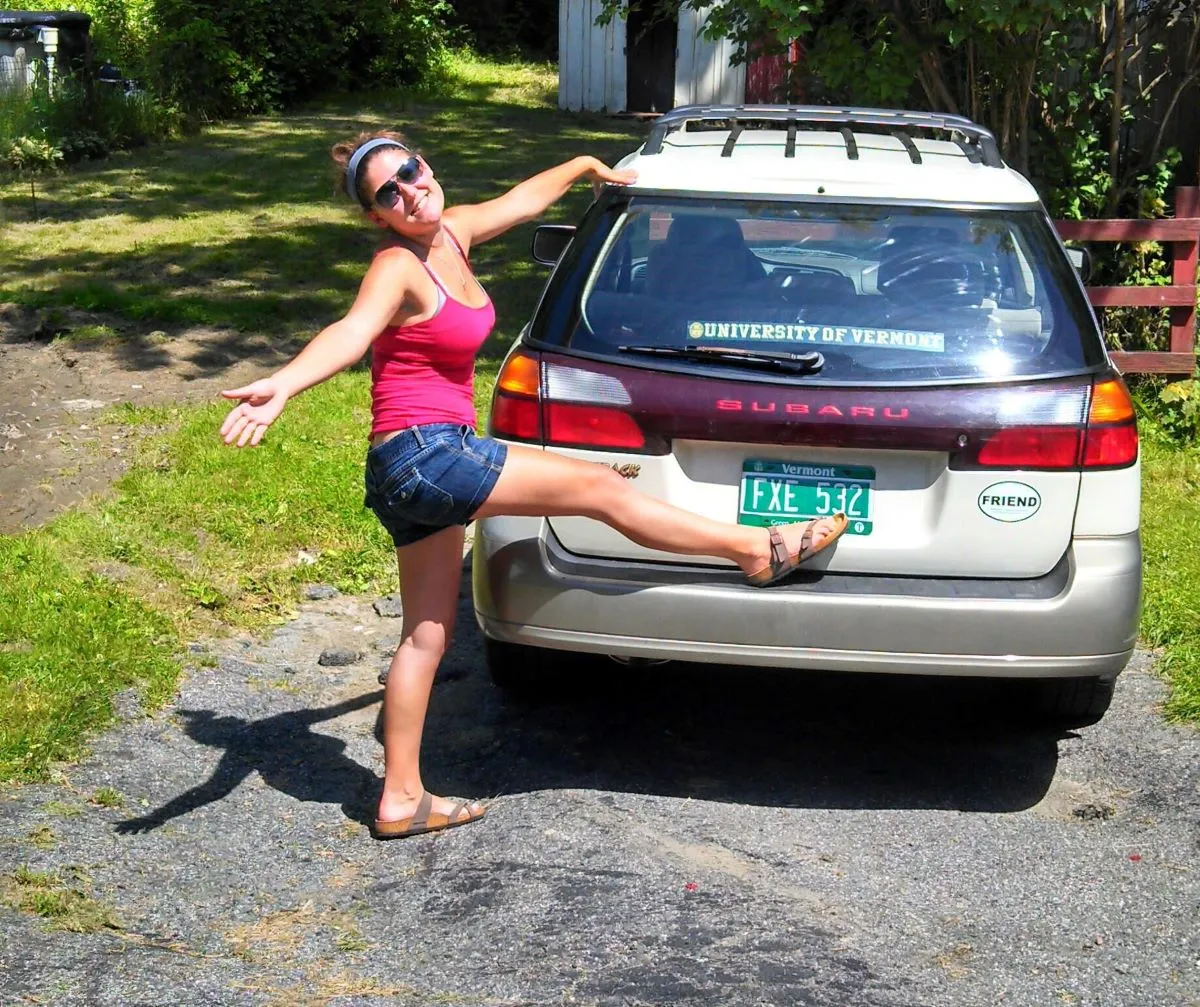
In 2014, I finally got a real adult job making real adult money, and I could afford a real adult car. I leased a Subaru Crosstrek but had to figure out what to do with my 2001 Subaru Outback. It had 199,000 miles on the odometer and infamously leaking head gaskets (one of the most common Outback problems for older models) that would cost far more than the vehicle’s value to replace.
When the dealer offered me $500 as a trade-in, I thought, “No way, I can get way more selling it to the junkyard.” After all, a friend had just spent nearly that much on a replacement hood for her car—and my car had a hood, four undented doors, and a catalytic converter that had been replaced just a few years ago. I was going to make bank.
I made $170.
That’s because many scrap yards don’t pay for the individual parts you’re selling them. They don’t even necessarily pay for the vehicle based on condition or popularity. The junkyard I went to weighed my car, paid me pennies per pound, and cut a check. Looking back now, I should have driven home and listed my car privately—I probably would have gotten at least that $500, maybe more. Hindsight is 20/20.
J.D. Power calls selling a car to a junkyard “the least rewarding and least profitable way to sell a car and should be reserved for a vehicle with little to no hope.” If your vehicle has even a spark of life left, consider one of these alternatives.
What to do instead: strip it down for parts
Stripping a car for parts might be the most profitable option, but it’s also the hardest. By selling individual parts, you can make a lot more money—it’s also a lot more complicated because you’ll need to dismantle the vehicle yourself or hire someone to do it. McCluskey Automotive recommends starting with pulling simple parts like mirrors, steering wheels, CD players, wheels, lights, etc. Afterward, you can send the remaining body to the junkyard.
This is a great option if you’re willing to do the work to sell used car parts. We recommend that you only do this if you have experience working on cars or you’re willing to work with a mechanic.
What to do instead: sell your vehicle “as-is”
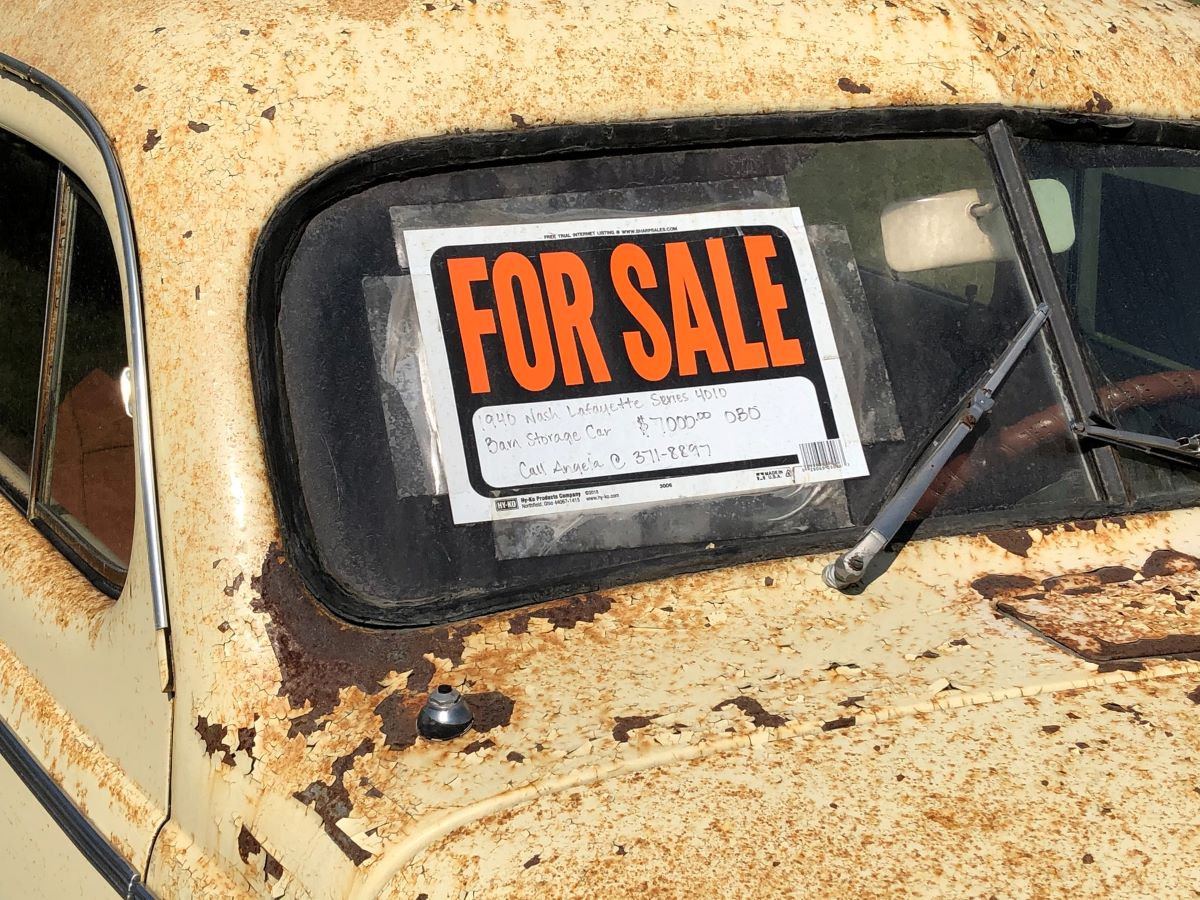
Listing your junk vehicle “as-is” on a sales site is the best way to sell a car that doesn’t run. Junk car buyers often search listings looking specifically for cars like these. Some are flippers, who can replace the broken parts, fix any body issues, and bring the car back to life. Buyers may pay top dollar for your vehicle just to get a few specific parts.
The downside of this option is that you may need to post your vehicle around and wait for an interested buyer to bite.
What to do instead: use it as a trade-in
Many dealerships are desperate for inventory—any kind of inventory. Performing a $2,000 repair may not be worth it for you, but it could still be profitable for a dealership, which can do it all in-house and then re-sell the vehicle for thousands of dollars more.
If you know that you’re going to be buying or leasing a new car in the near future, call around to local dealerships and see what they may be able to offer you as a trade-in. It may not be much, but it’ll help lower your monthly payment some.
If you do go to the junkyard, take these tips
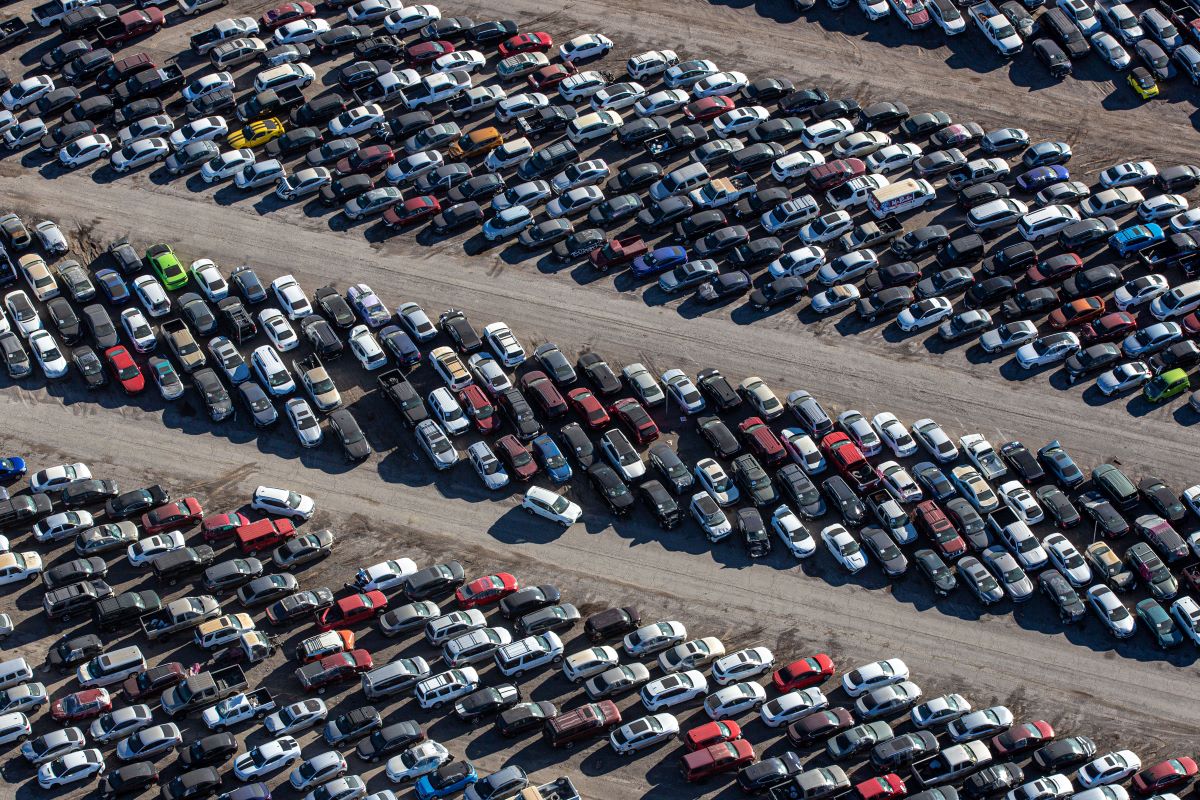
If your vehicle is really and truly at the end of its life, a junkyard is a good way to give it a new life after death. Just be aware that you’ll get very little out of the transaction beyond the good feeling of getting that junk car out of your yard or driveway.
- Prepare all the documents you need beforehand, so you don’t need to make multiple trips.
- Go to a salvage yard or junkyard that determines value based on year, make, model, and condition rather than weight.
- Call around and compare offers from different junkyards.
- Triple check to remove all personal items or things you may want to keep from the vehicle.
- Follow up with your local DMV if you need to. You never know what will happen to your vehicle after you sell it to a junkyard, and you don’t want to be on the hook should it end up as a refurbished salvage vehicle.


